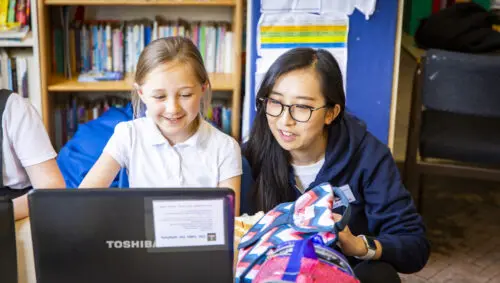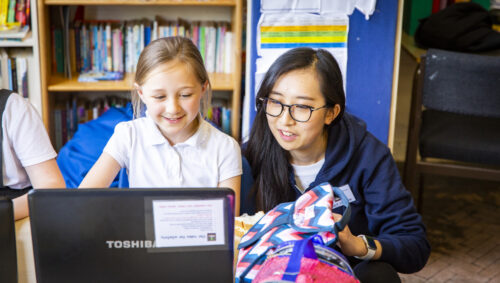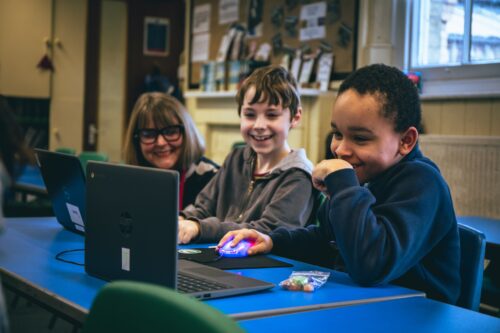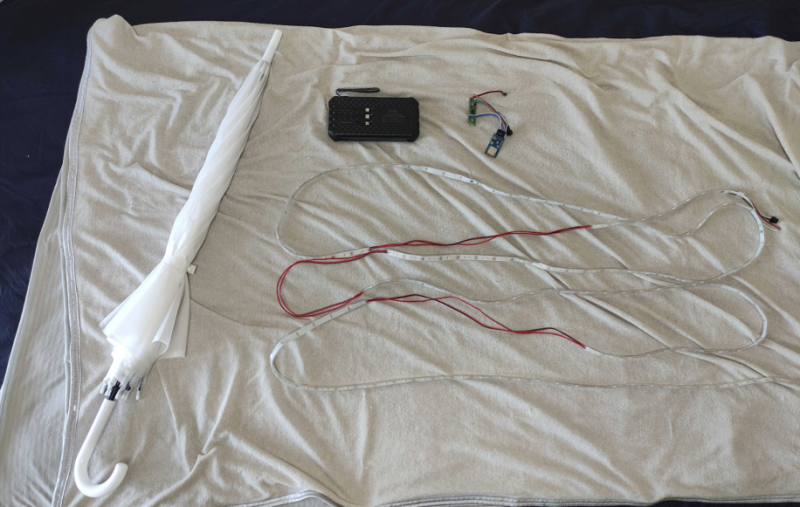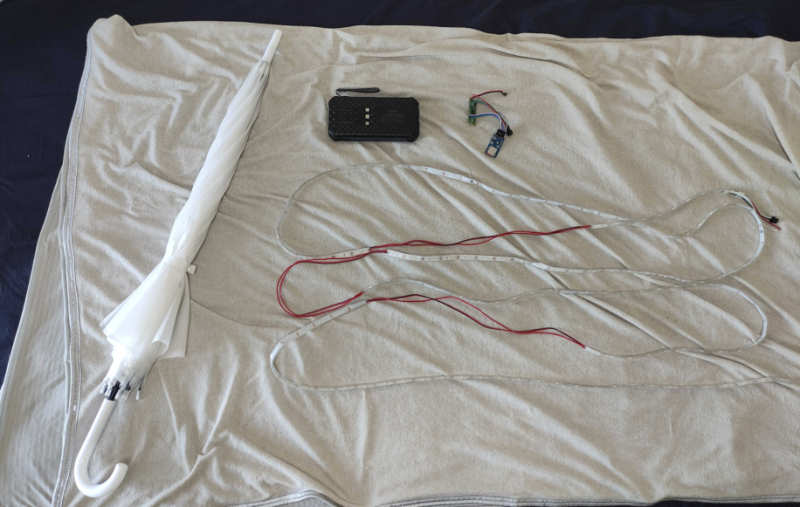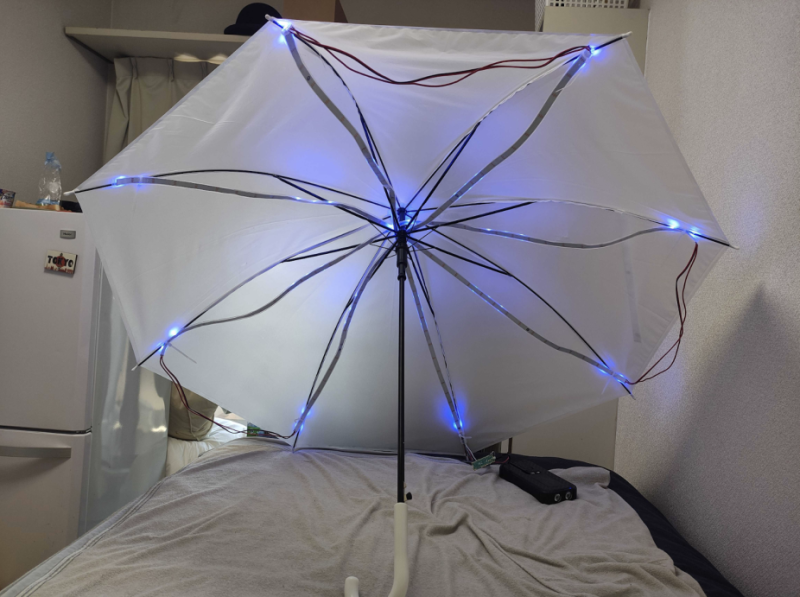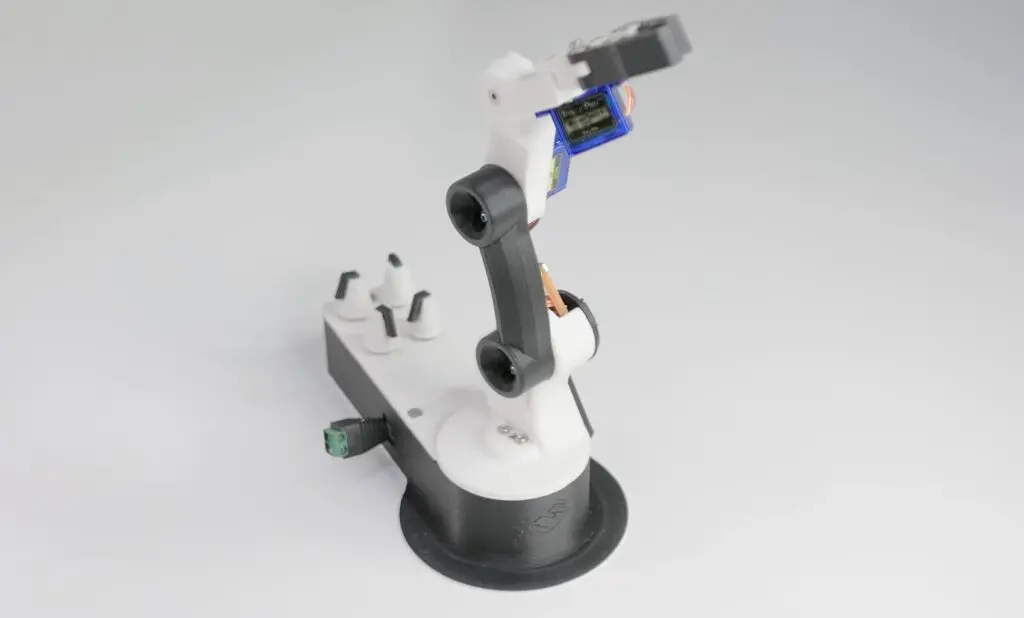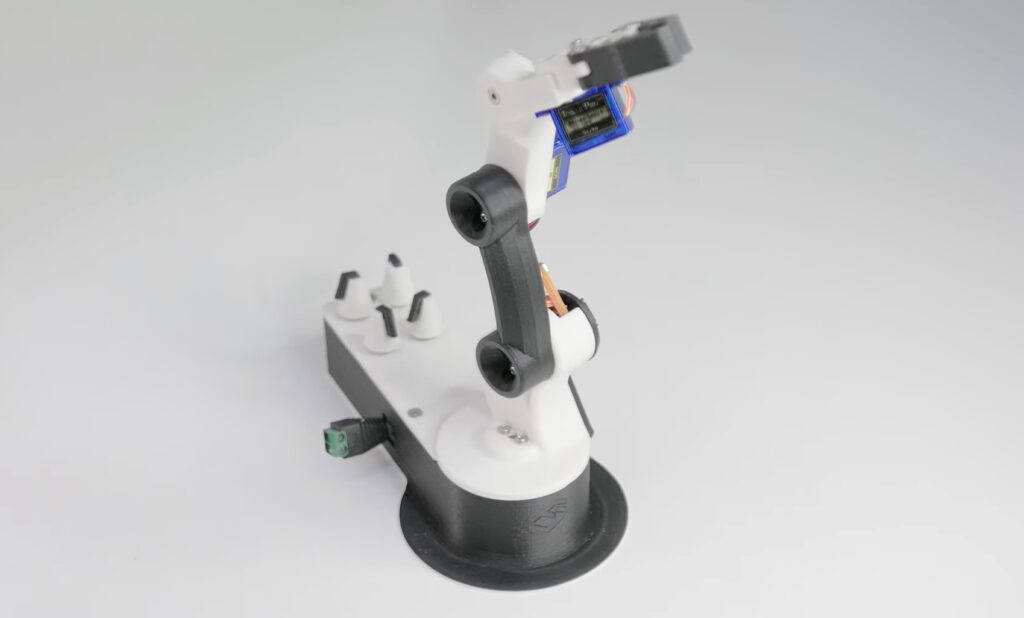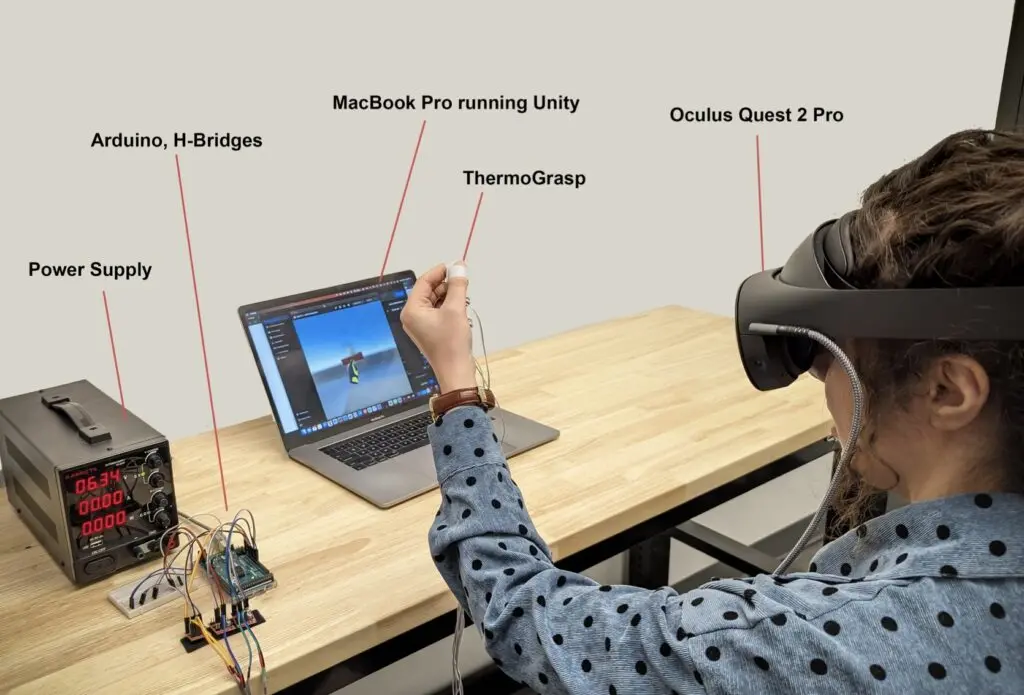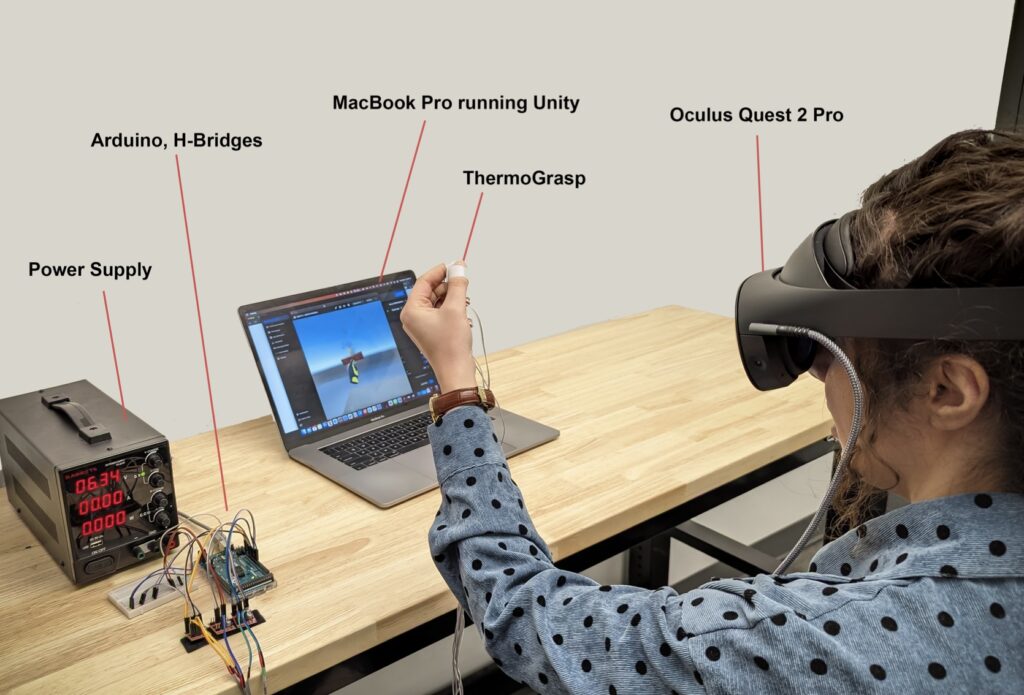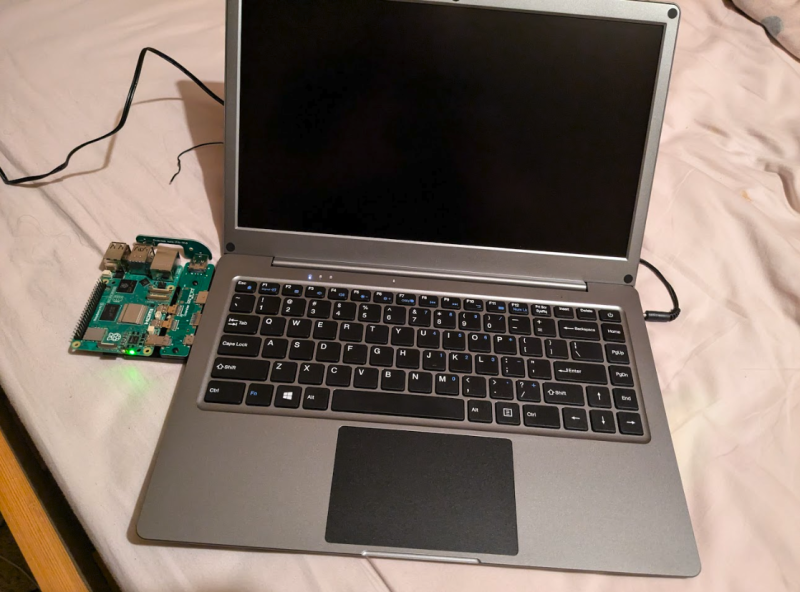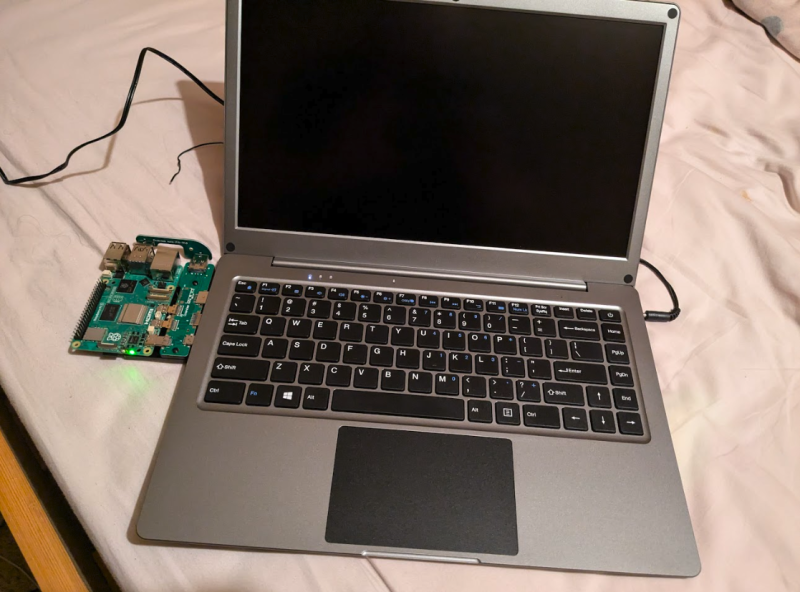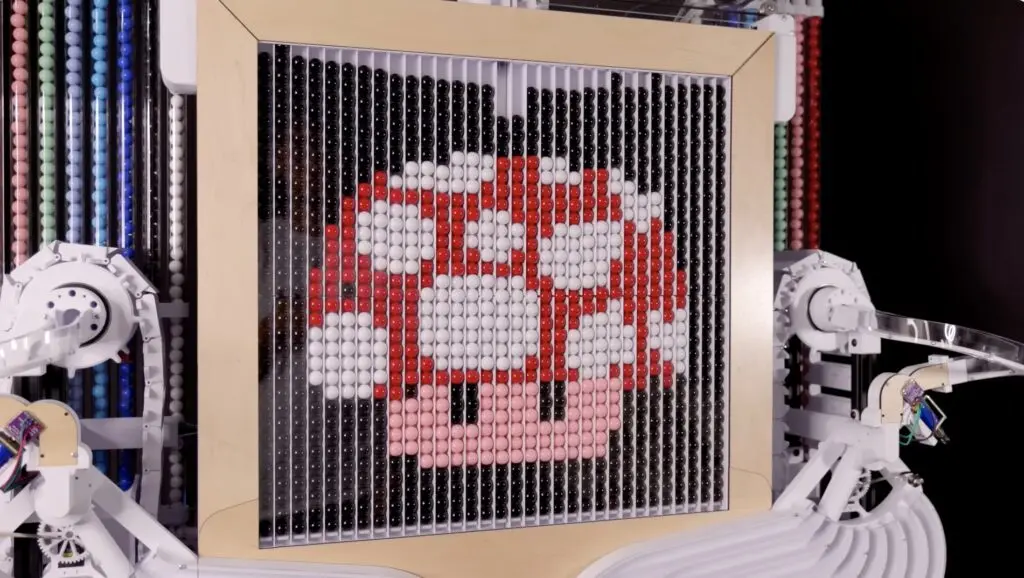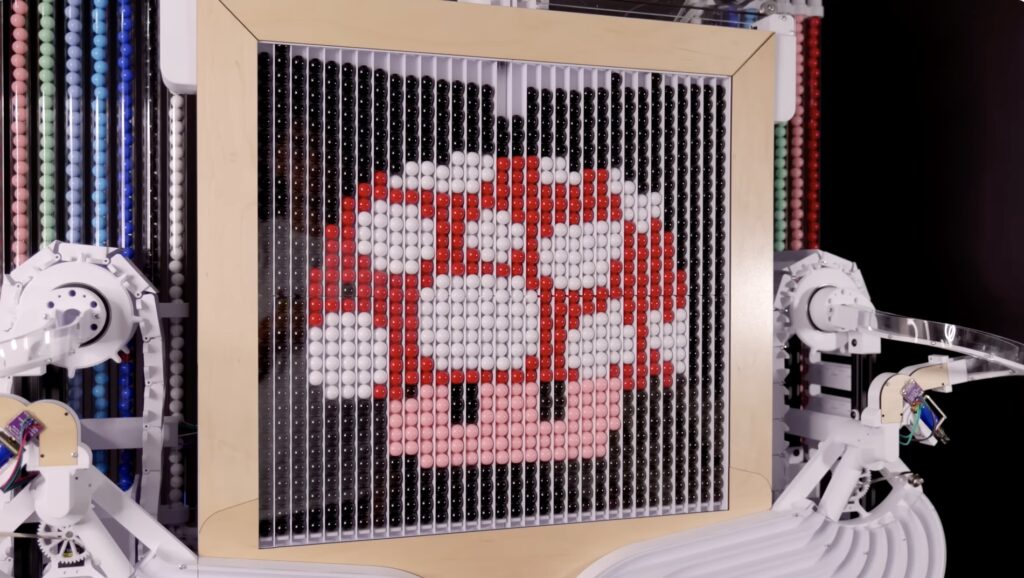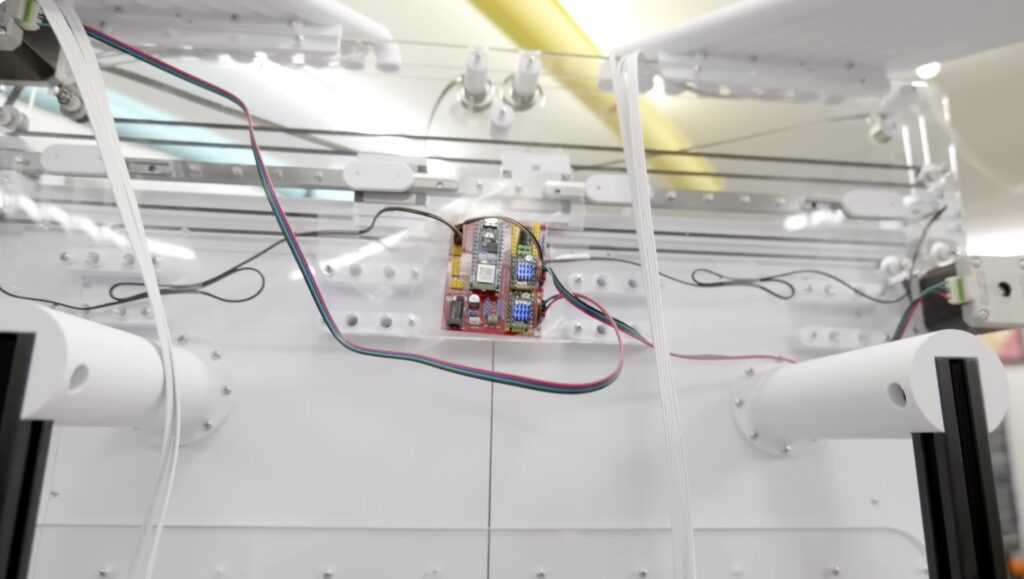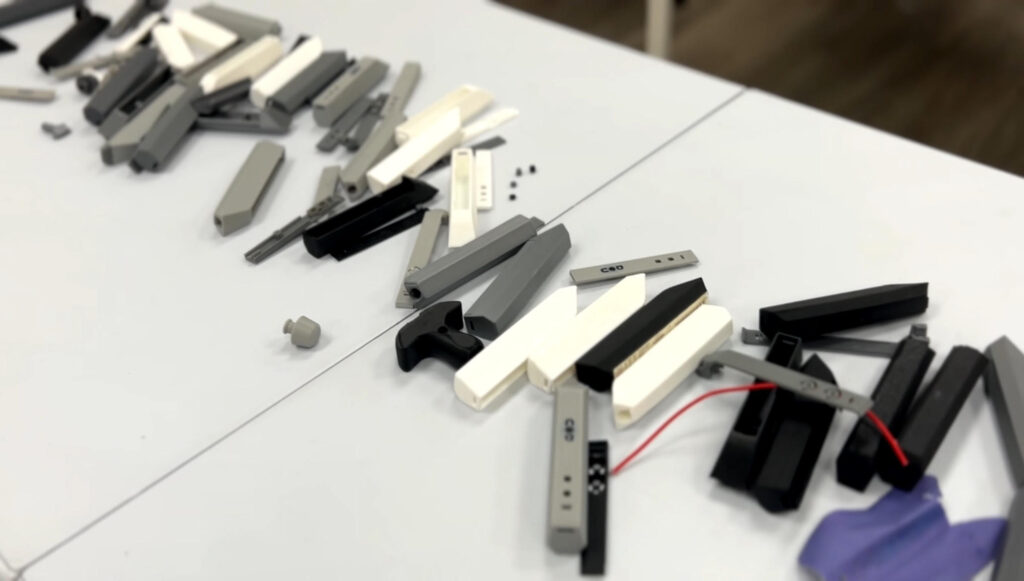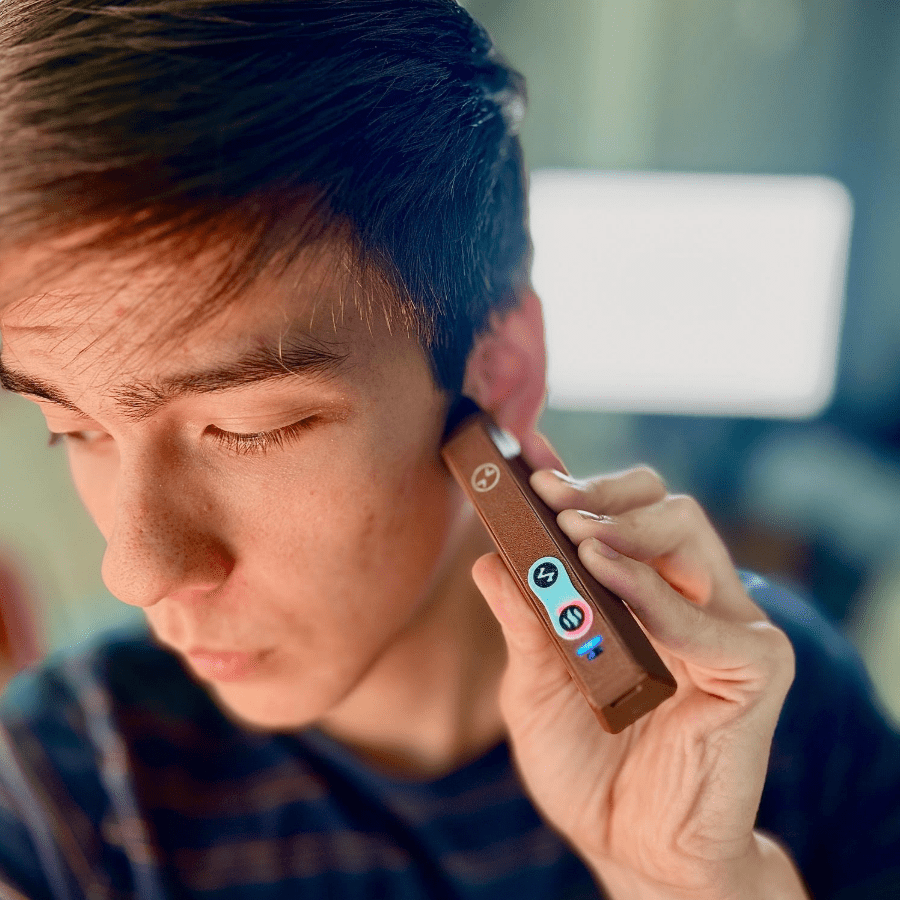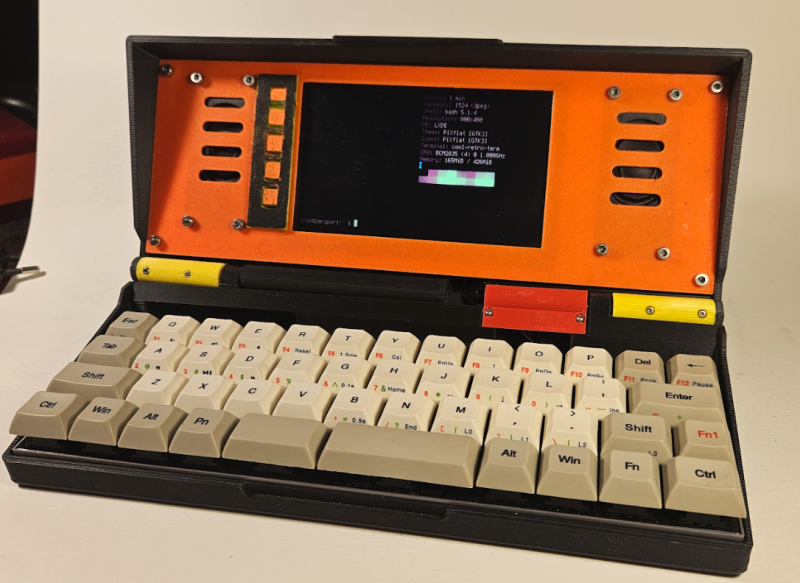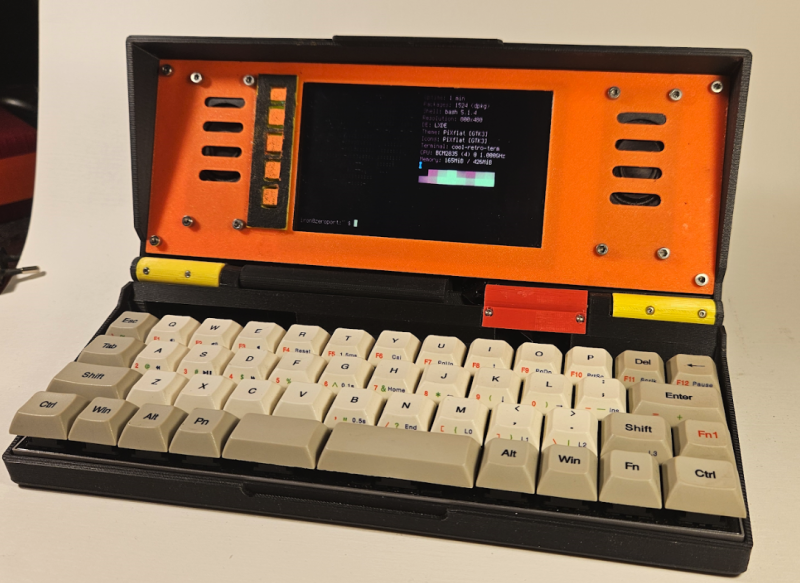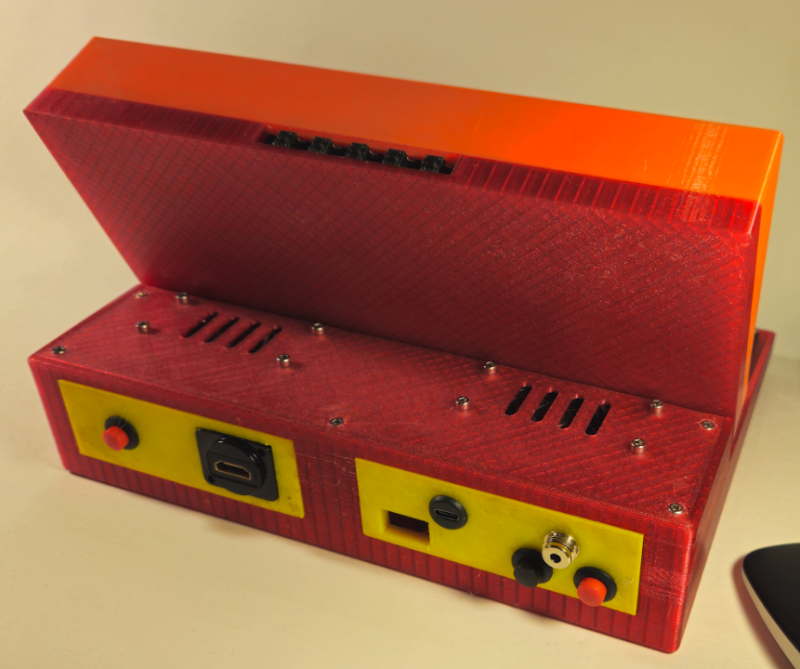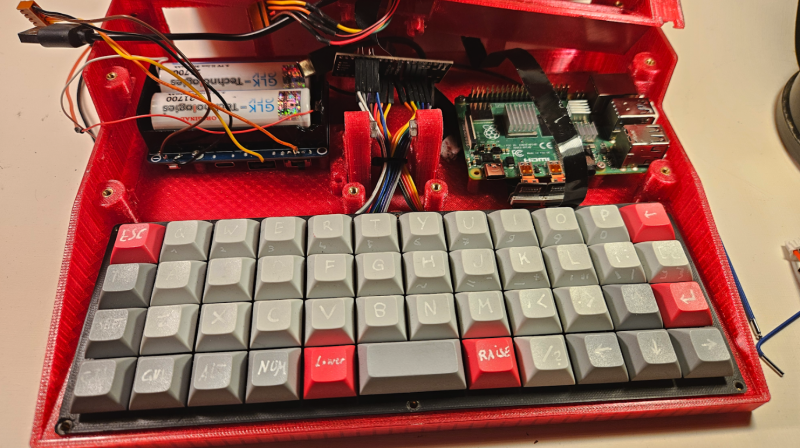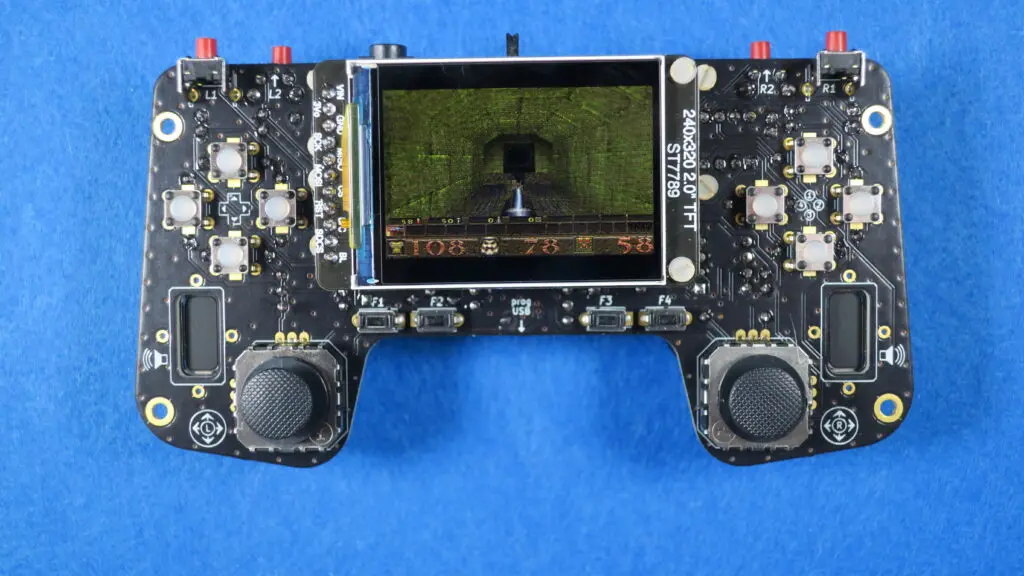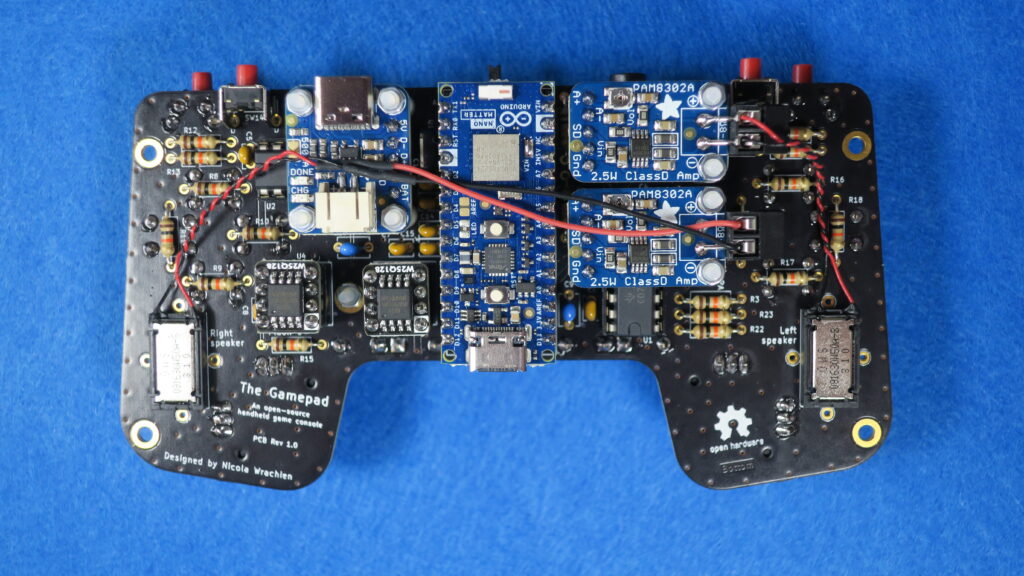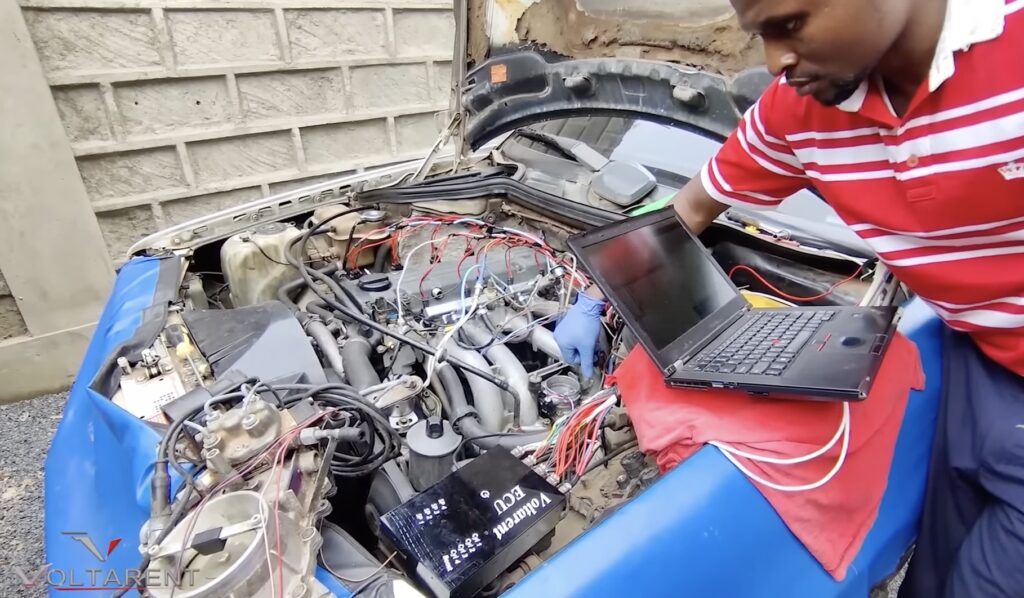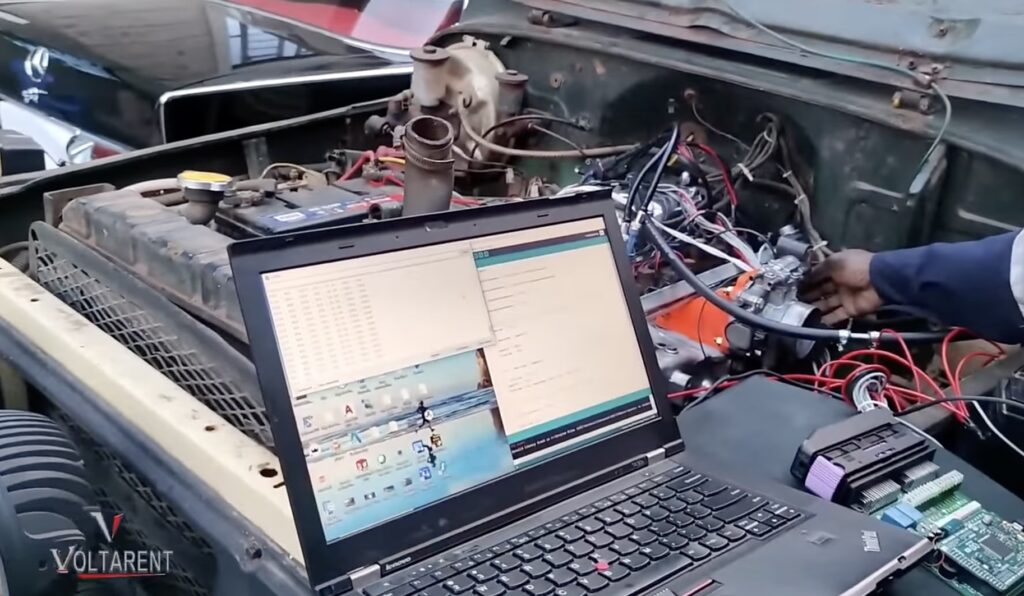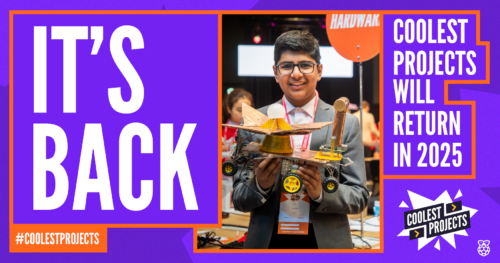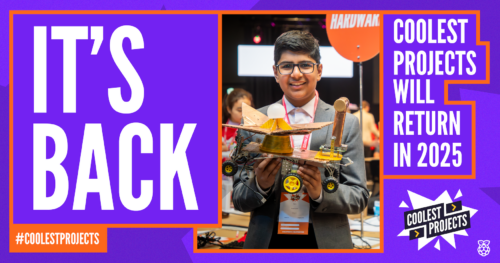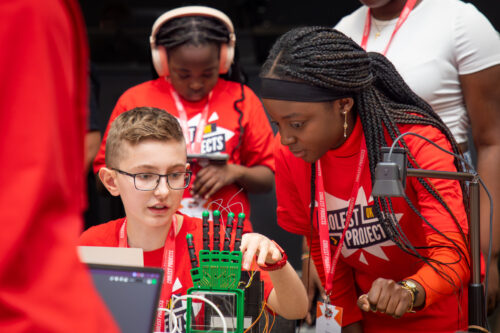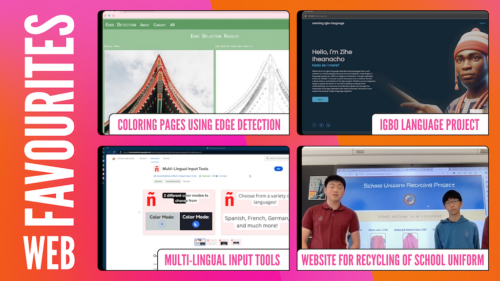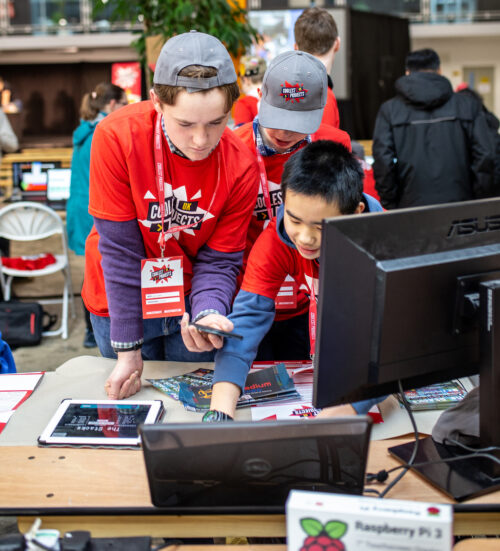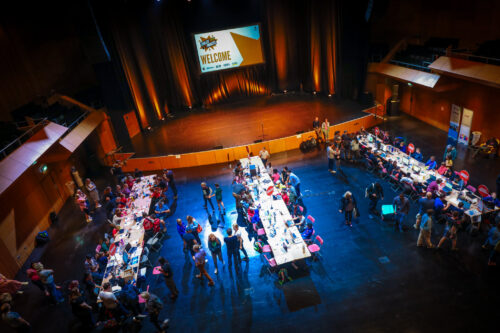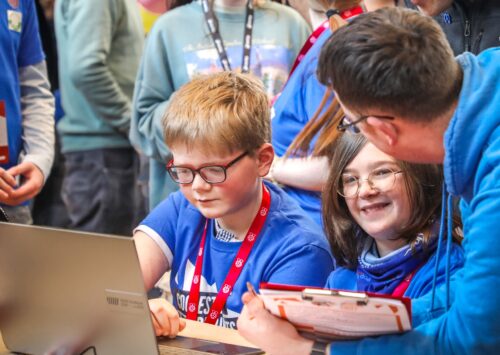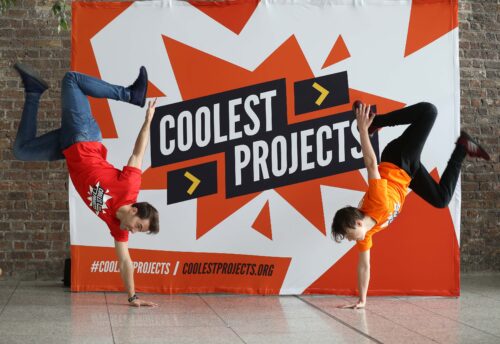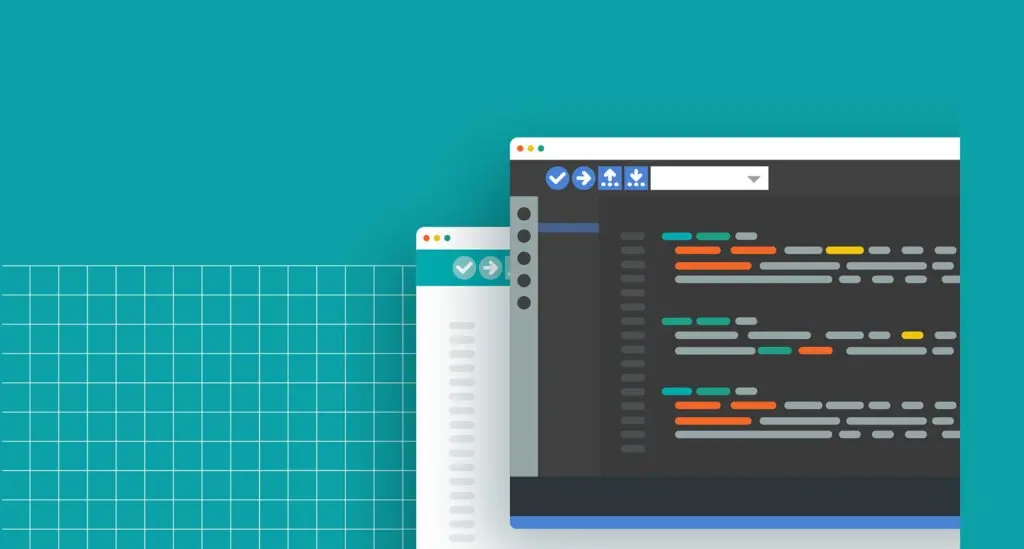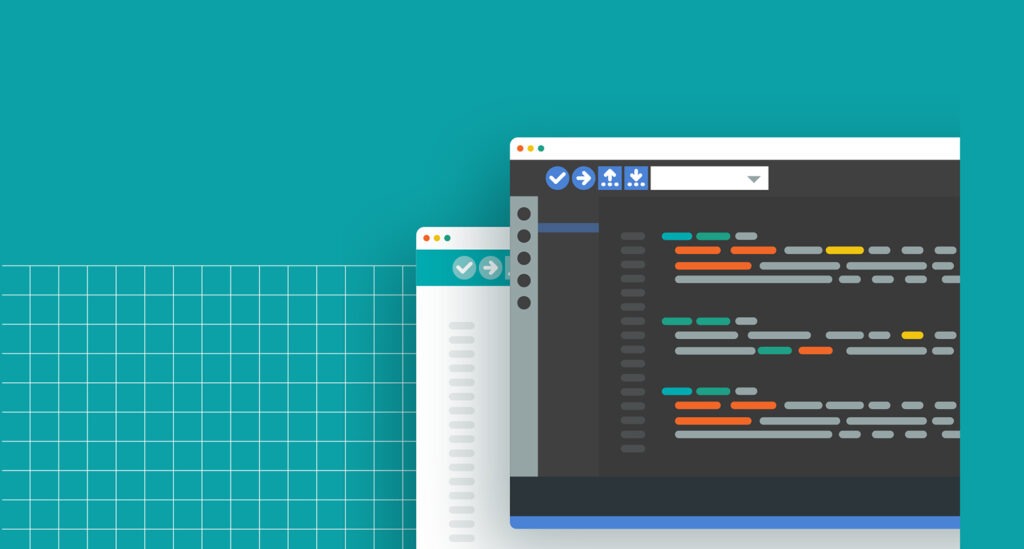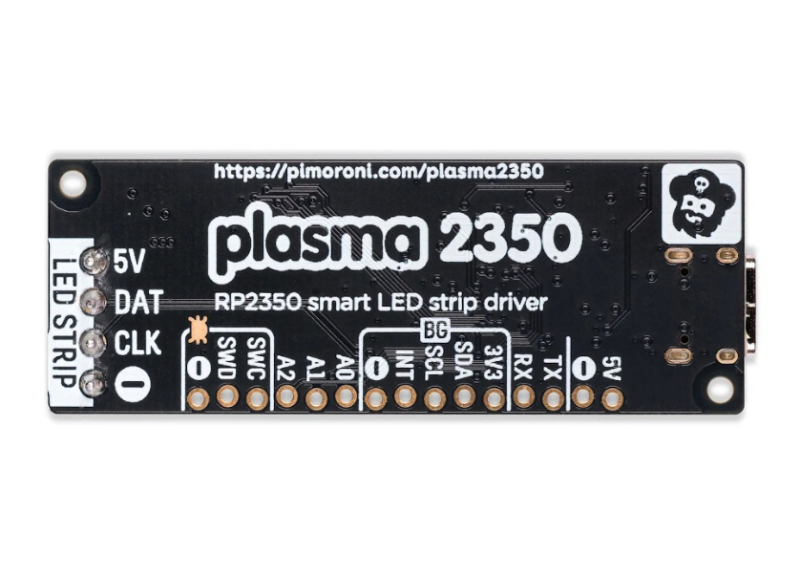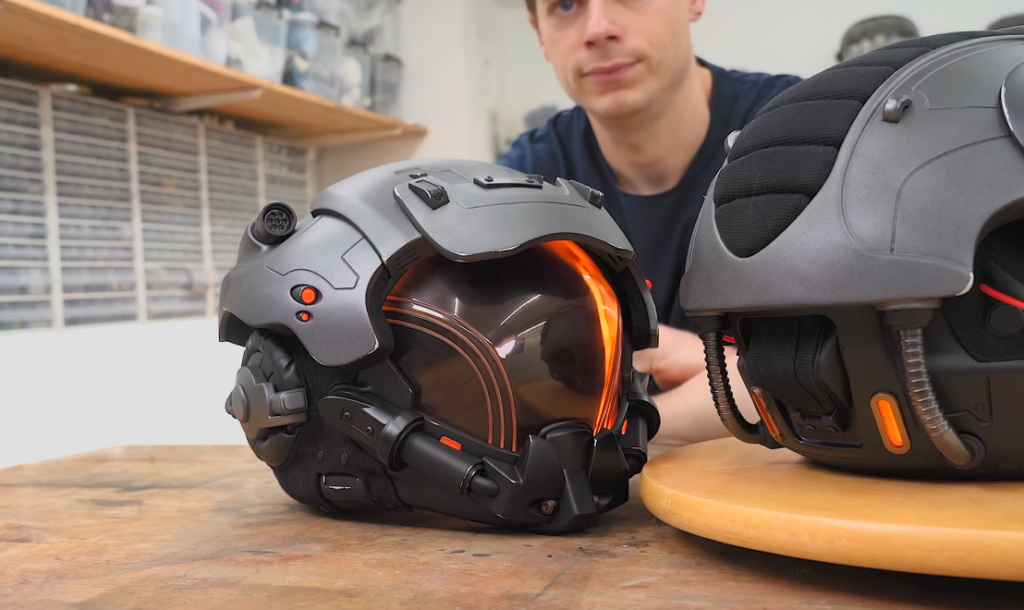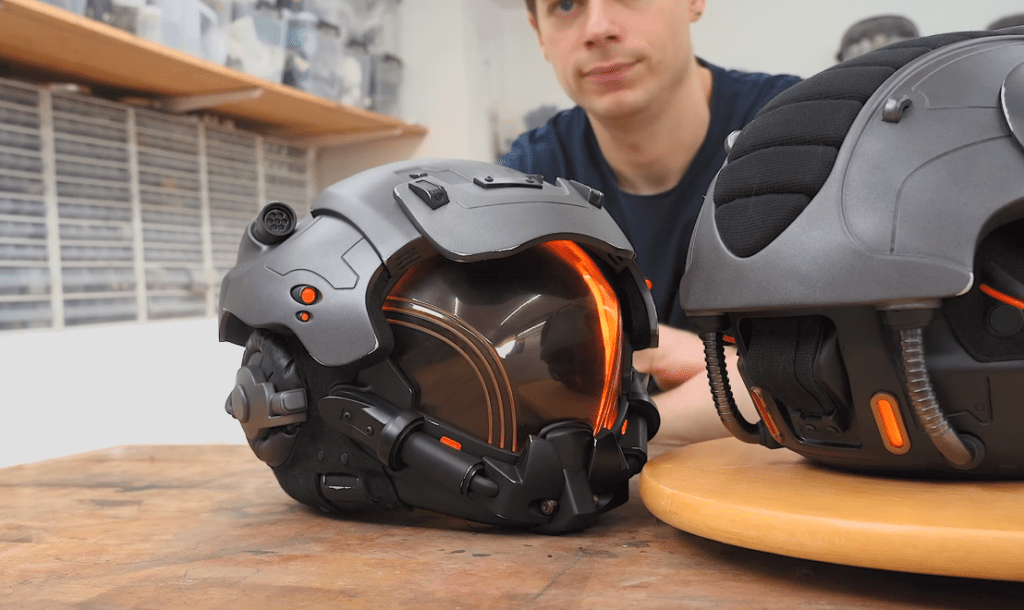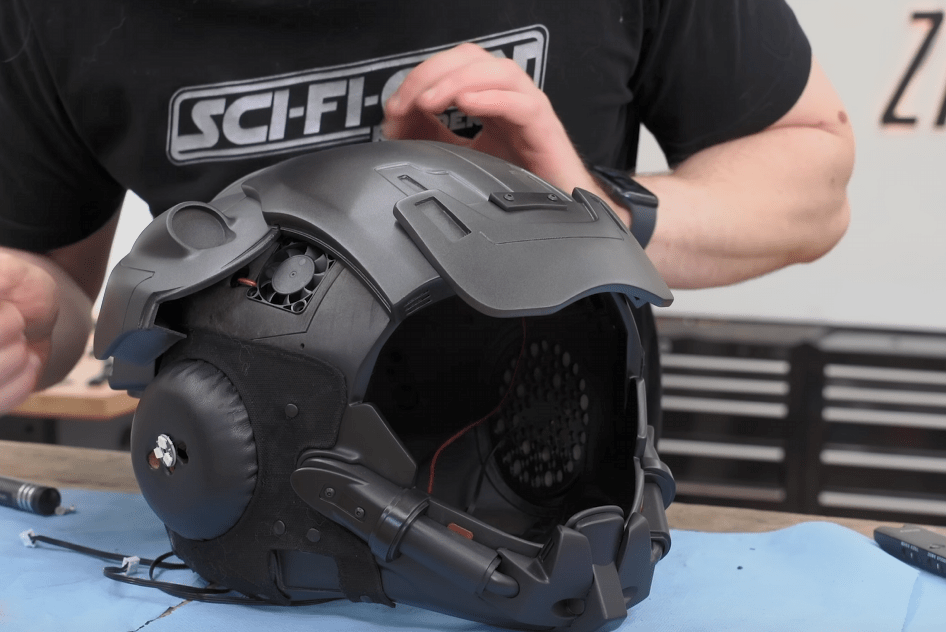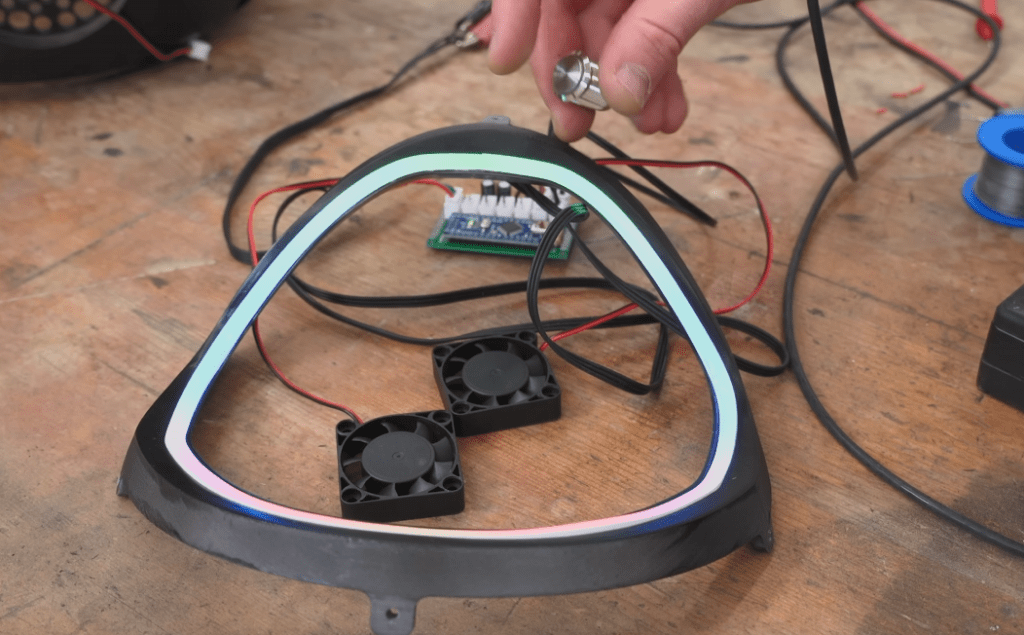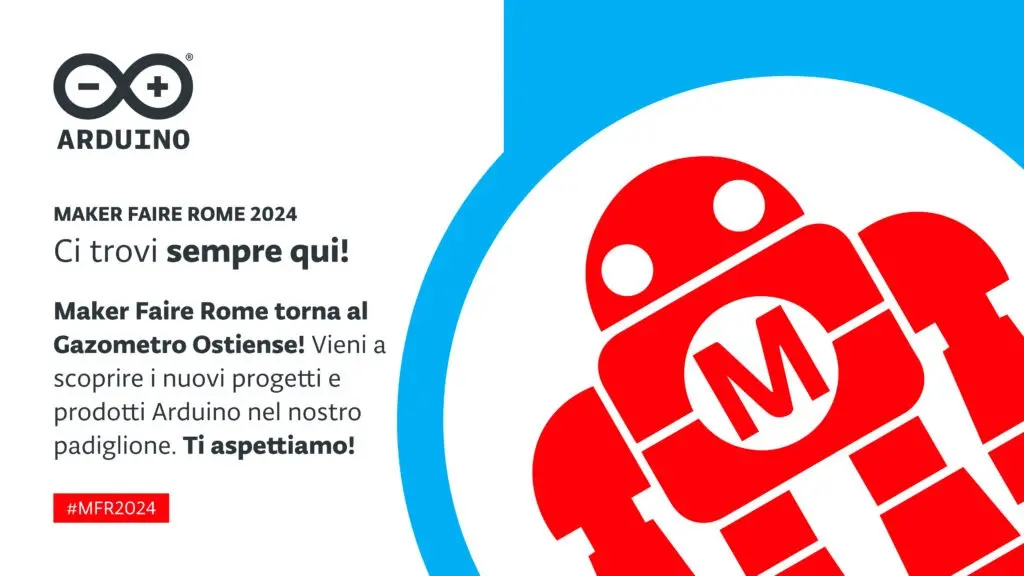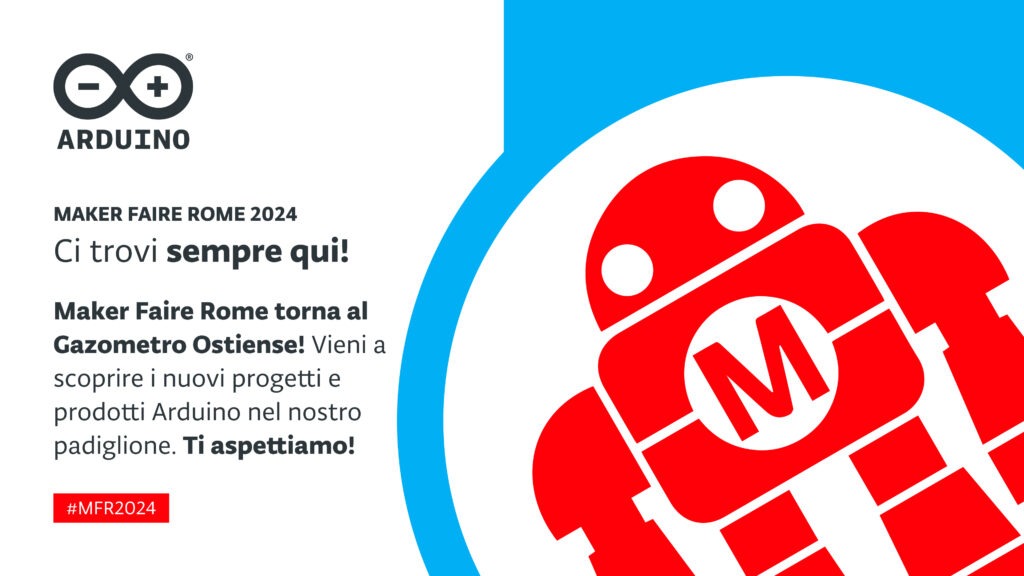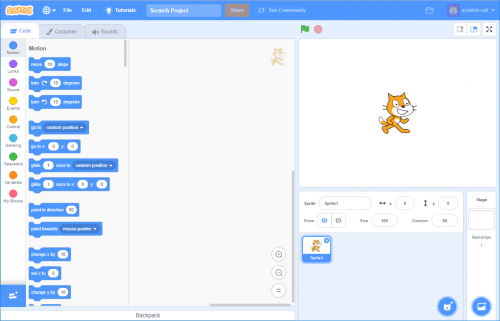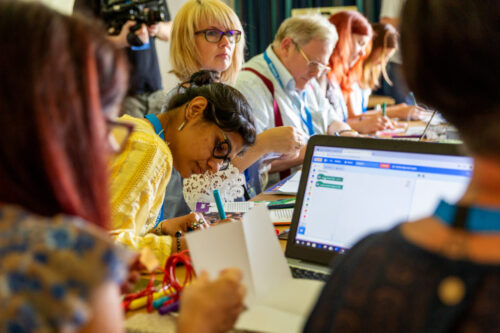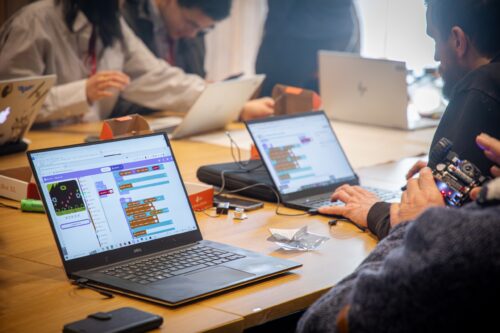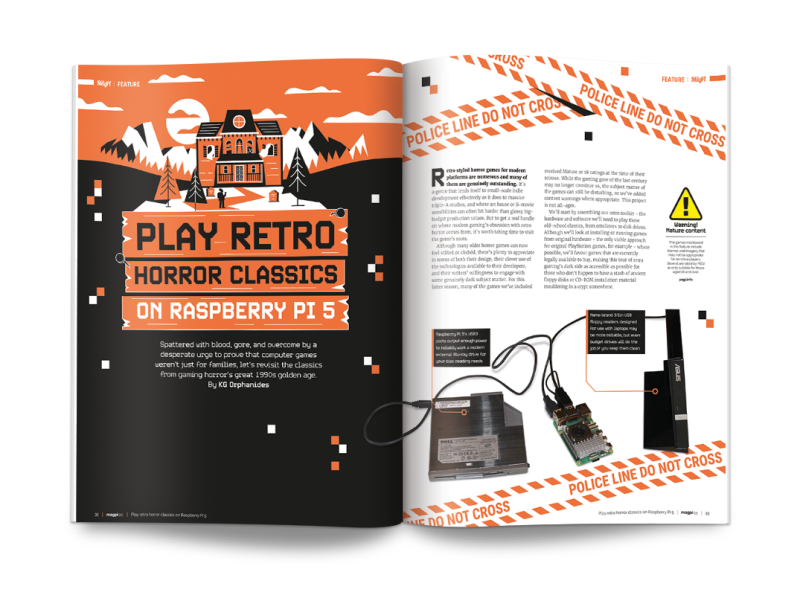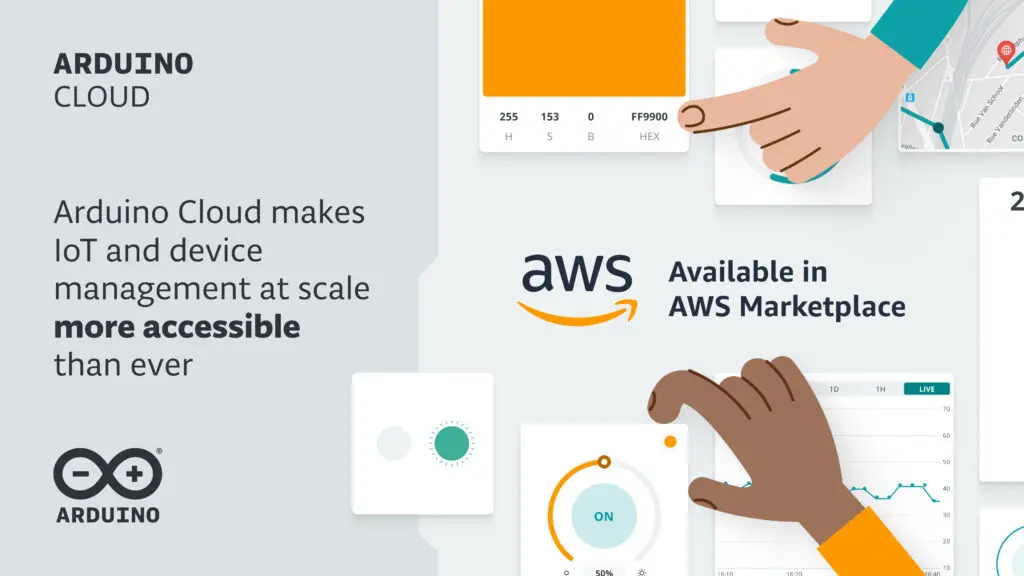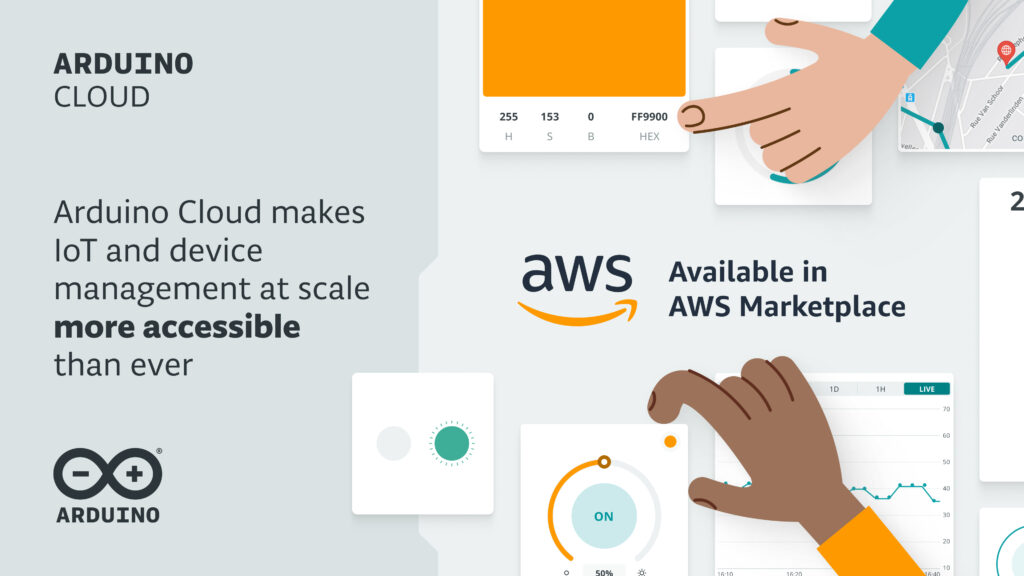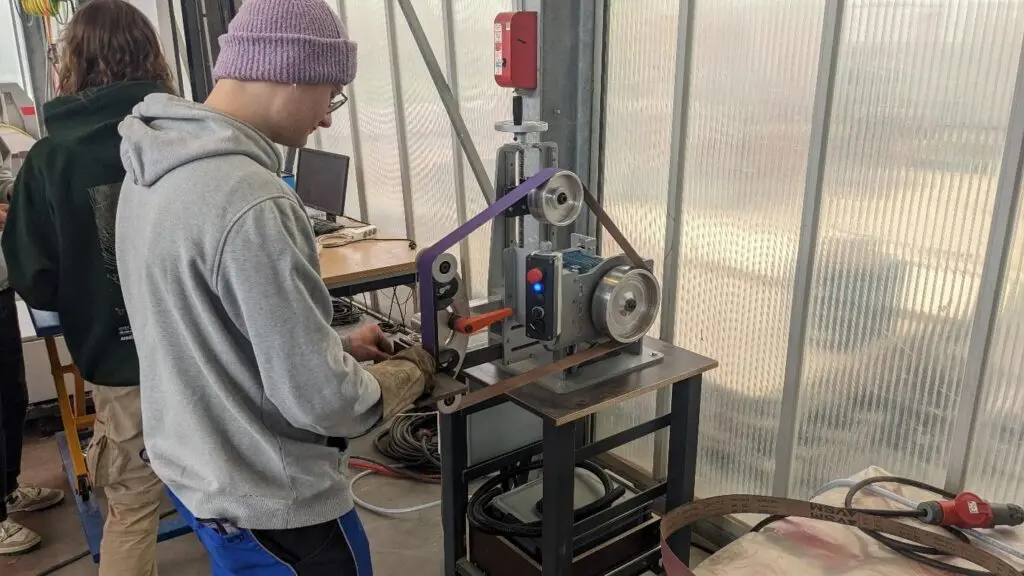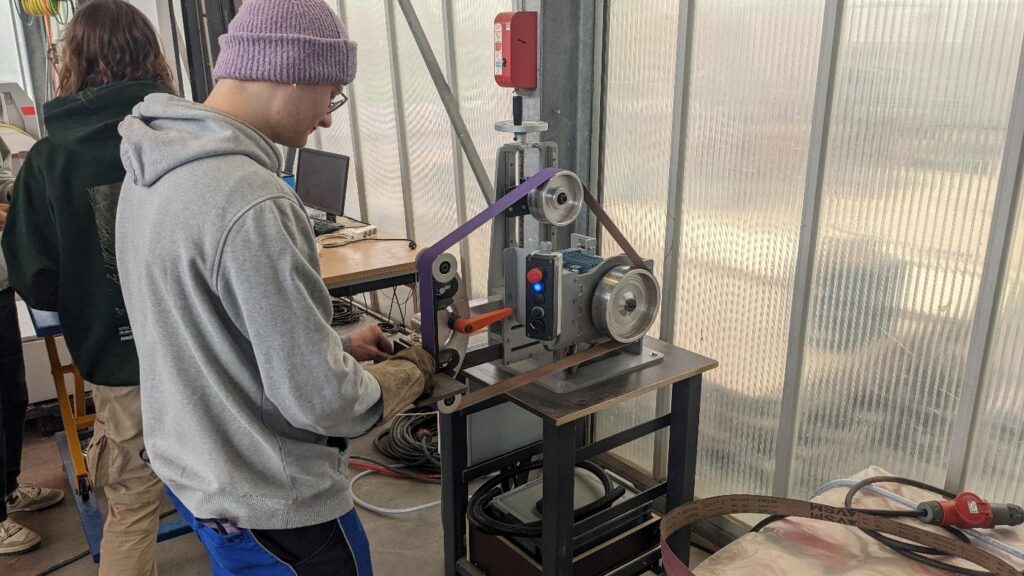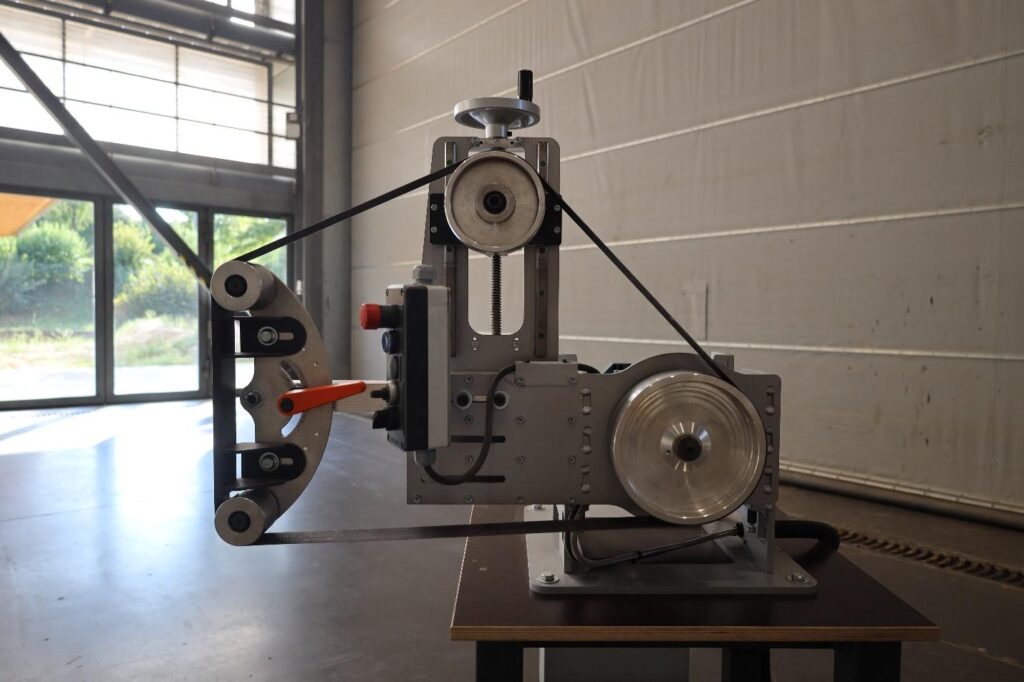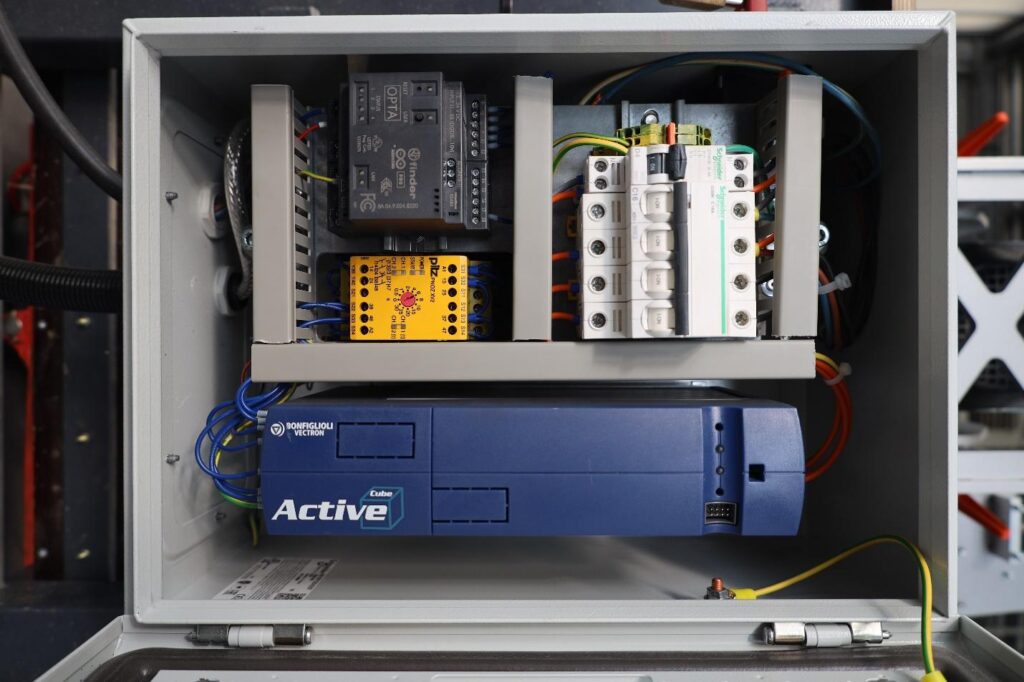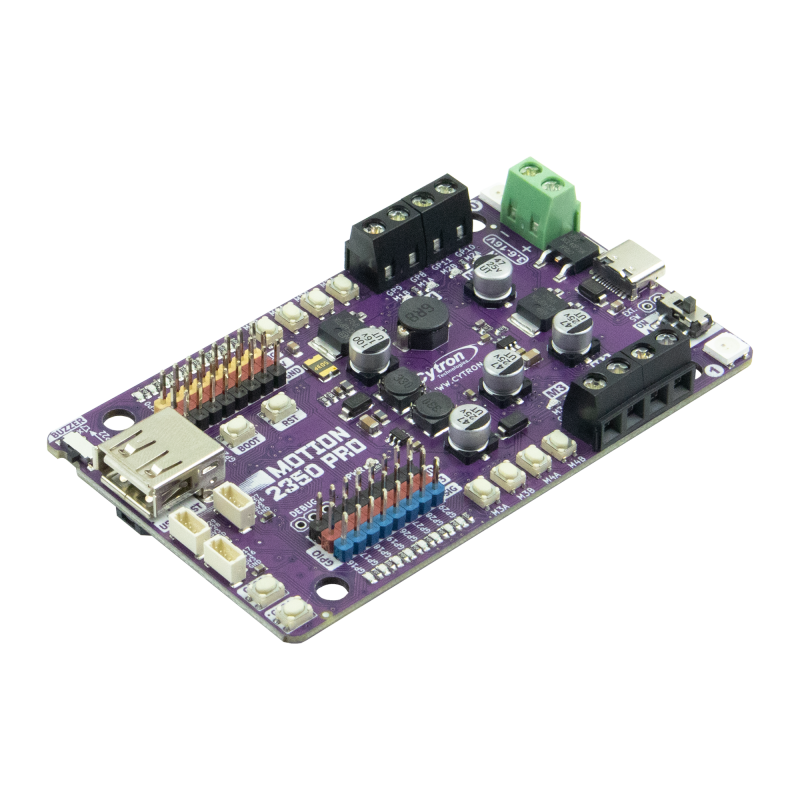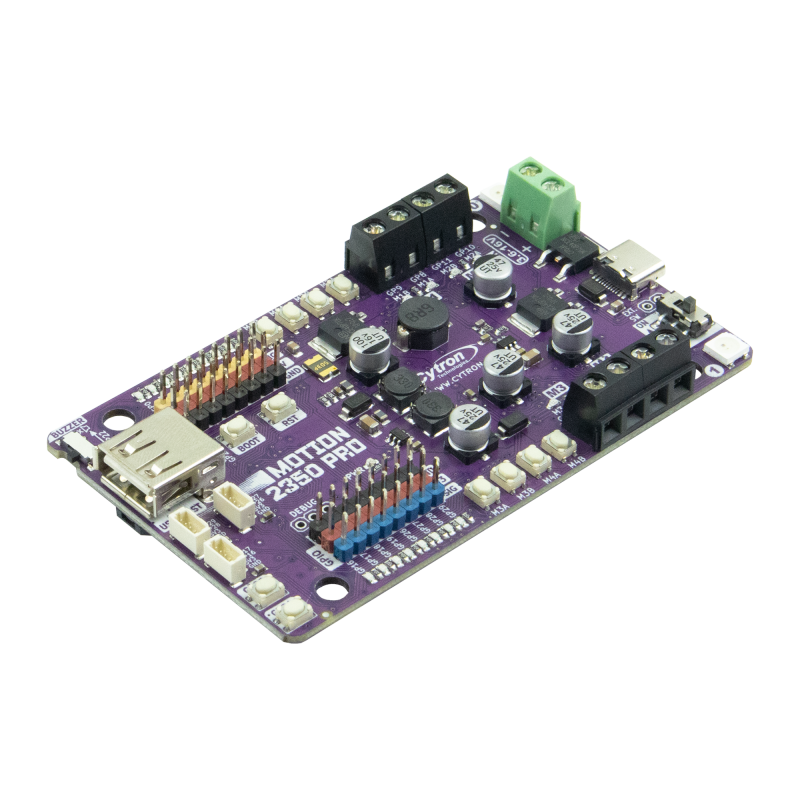
Today, the court overseeing our ongoing U.S. legal proceedings with Epic Games ordered changes to Android and Google Play, requested by Epic. As we have already stated, these changes would put consumers’ privacy and security at risk, make it harder for developers to promote their apps, and reduce competition on devices. Ultimately, while these changes presumably satisfy Epic, they will cause a range of unintended consequences that will harm American consumers, developers and device makers.
These Epic-requested changes stem from a decision that is completely contrary to another court’s rejection of similar claims Epic made against Apple — even though, unlike iOS, Android is an open platform that has always allowed for choice and flexibility like multiple app stores and sideloading.
We are appealing that underlying decision and we will ask the courts to pause Epic’s requested changes, pending that appeal. Our appeal will show that:
- Apple and Google directly compete directly for consumers: The decision rests on a flawed finding that Android is a market in itself. In contrast, the Apple decision, upheld on appeal, rightly found that Android and iOS compete in the same market. This is obvious to anyone who has bought a smartphone. Walk into a store that sells smartphones and you’ll see the options side-by-side — Android phones from companies like Samsung, Motorola and many others competing right next to Apple’s iPhone. People choose between these phones based on price, quality and security.
- Google and Apple compete directly for app developers: The decision ignores what every developer in the world knows — they have to prioritize investing in developing for iPhones and Androids. Developers have finite resources and have to decide how much time and money to devote to building and updating their apps for each platform. Like any business, Google wants developers to offer their best features for Android and to release them on Android first. So we build tools, run training programs and invest in making it as easy as possible to develop for Android. Apple of course does the same — competing to convince developers to prioritize iOS.
- Android is open and Google Play is not the only way to get apps: The decision fails to take into account that Android is an open platform and developers have always had many options in how to distribute their apps. In fact, most Android devices come preloaded with two or more app stores right out of the box. Developers have other options too, such as offering their apps directly to users from their websites. For example, Epic Games has made its popular Fortnite app available to Android users through the Samsung Galaxy Store, sideloading, and the Epic Games Store – all while Fortnite was not distributed through Google Play. These are options that developers have never been able to offer to their American users on iPhones.
Android has helped expand choice, reduce prices and democratize access to smartphones and apps. The initial decision and today’s Epic-requested changes put that at risk and undercut Android’s ability to compete with Apple’s iOS.
We look forward to continuing to make our case on appeal, and we will keep advocating for what is best for developers, device manufacturers and the billions of Android users around the world.

